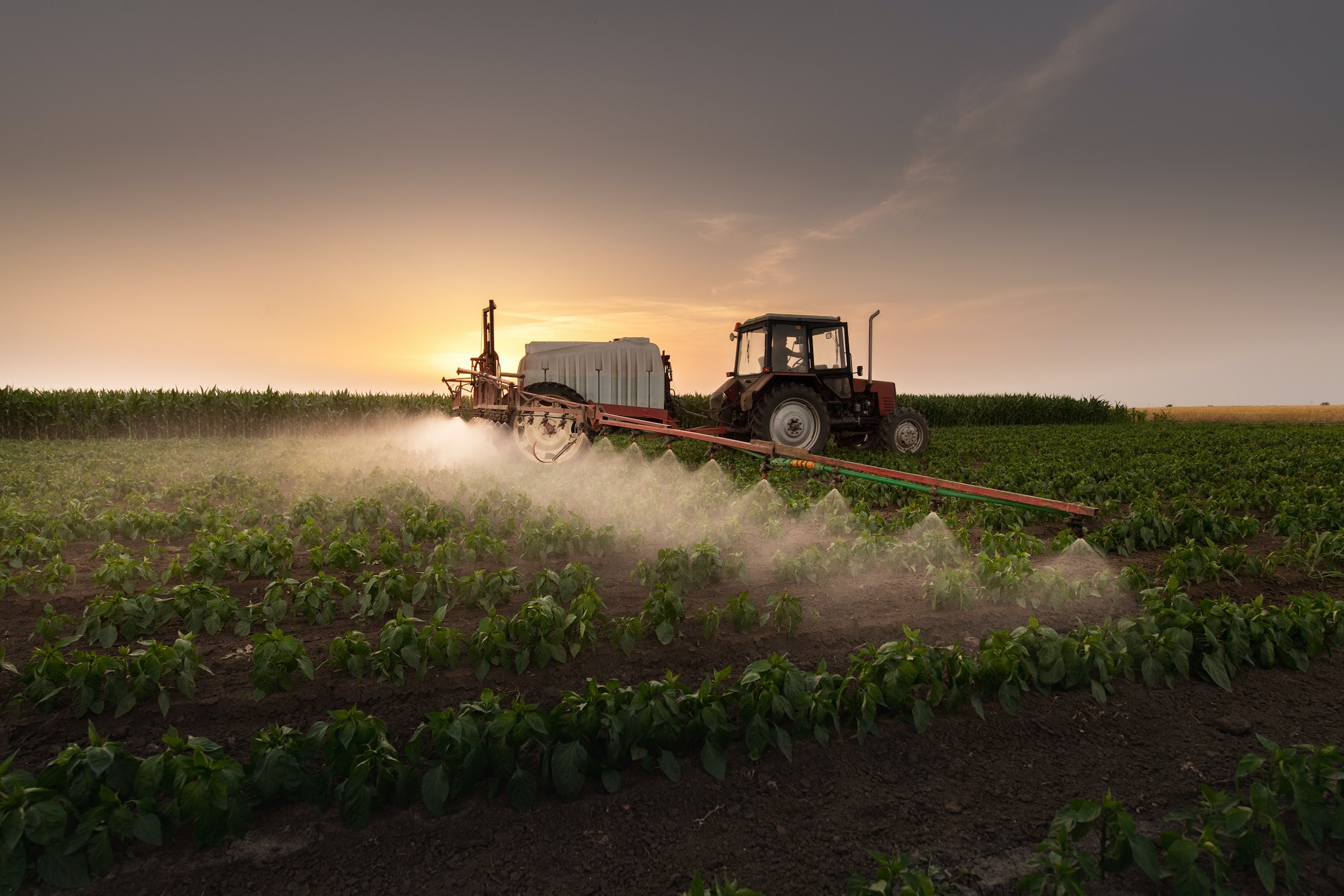The Future of Genetically Modified Crops: Controversies and Advances
Genetically modified (GM) crops have been a topic of intense debate since their introduction. Proponents argue that they are essential for ensuring food security and addressing agricultural challenges, while opponents raise concerns about environmental and health impacts. As technology advances, the future of GM crops promises both significant opportunities and persistent controversies. This article explores the latest developments in genetically modified crops, the ongoing debates surrounding their use, and their potential impact on global agriculture.
1. Advances in GM Crop Technology
New Genetic Engineering Techniques
Recent advancements in genetic engineering techniques have enhanced the precision and efficiency of developing GM crops.
- CRISPR-Cas9: This genome-editing technology allows for precise modifications to the DNA of crops, enabling the development of traits such as pest resistance, drought tolerance, and improved nutritional content.
- RNA Interference (RNAi): RNAi technology is used to silence specific genes in crops, providing a method to control pests and diseases without the need for chemical pesticides.
Improved Crop Traits
The latest GM crops are being engineered with a focus on multiple beneficial traits to address various agricultural challenges.
- Climate Resilience: Crops are being developed to withstand extreme weather conditions, such as drought, heat, and flooding, which are becoming more frequent due to climate change.
- Nutritional Enhancement: Biofortification efforts aim to increase the nutritional value of crops, such as rice enriched with vitamin A (Golden Rice) to combat malnutrition.
- Pest and Disease Resistance: New GM crops are resistant to a broader range of pests and diseases, reducing the reliance on chemical pesticides and increasing yields.
Sustainable Agricultural Practices
GM crops are also being designed to support sustainable agricultural practices, reducing environmental impact and improving resource use efficiency.
- Reduced Chemical Usage: Pest-resistant GM crops can significantly lower the need for chemical pesticides, reducing environmental contamination and promoting biodiversity.
- Enhanced Soil Health: Crops engineered for nitrogen fixation can reduce the need for synthetic fertilizers, improving soil health and reducing greenhouse gas emissions.
2. Controversies Surrounding GM Crops
Environmental Concerns
Critics argue that GM crops pose risks to the environment, including potential harm to non-target species and the development of resistant pests and weeds.
- Gene Flow: There is concern about the transfer of modified genes to wild relatives of crops, which could impact ecosystems and biodiversity.
- Resistance Development: The widespread use of GM crops with pest-resistant traits can lead to the evolution of resistant pest populations, necessitating the use of even more powerful chemicals.
Health and Safety Issues
The safety of GM crops for human consumption remains a contentious issue, with debates over potential allergenicity and long-term health effects.
- Allergenicity: Critics worry that introducing new genes into crops could create new allergens or exacerbate existing allergies.
- Long-Term Effects: While numerous studies have found GM crops to be safe, some scientists and advocacy groups call for more long-term studies to conclusively determine their health impacts.
Socio-Economic Impacts
The adoption of GM crops can have significant socio-economic implications, particularly for smallholder farmers and global trade.
- Farmer Dependency: There are concerns that smallholder farmers may become dependent on a few large corporations for seeds, reducing their autonomy and increasing financial risks.
- Market Access: Different regulatory standards for GM crops around the world can create trade barriers, affecting farmers’ access to international markets.
3. Regulatory and Policy Landscape
Global Regulatory Variations
The regulation of GM crops varies widely around the world, affecting their adoption and acceptance.
- United States: The US has a relatively permissive regulatory framework for GM crops, focusing on the end product rather than the process used to create it.
- European Union: The EU has stringent regulations and a precautionary approach to GM crops, resulting in limited cultivation and extensive labeling requirements.
Recent Policy Developments
New policies and regulatory changes are shaping the future of GM crop adoption and development.
- Deregulation of Gene-Edited Crops: Some countries, including the US and Japan, are moving towards deregulating crops developed using newer gene-editing techniques like CRISPR, viewing them as distinct from traditional GMOs.
- International Agreements: Efforts such as the Cartagena Protocol on Biosafety aim to ensure the safe handling, transport, and use of GM organisms, balancing innovation with precaution.
4. The Future Outlook
Increased Adoption and Innovation
As technological advances continue, the adoption of GM crops is likely to increase, driven by their potential to address pressing agricultural challenges.
- Developing Countries: GM crops can play a crucial role in improving food security and agricultural resilience in developing countries, provided that regulatory and socio-economic challenges are addressed.
- Public and Private Sector Collaboration: Partnerships between governments, research institutions, and the private sector will be essential for driving innovation and ensuring that the benefits of GM crops are widely shared.
Balancing Benefits and Risks
The future of GM crops will depend on effectively balancing their potential benefits with the associated risks and concerns.
- Comprehensive Risk Assessment: Ongoing research and robust regulatory frameworks are needed to assess and mitigate the risks associated with GM crops.
- Public Engagement and Transparency: Building public trust through transparent communication and engagement is crucial for the acceptance of GM crops.
For more insights into the latest developments in agricultural policies and their effects on food security, visit Landwirtschaft News.
Conclusion
The future of genetically modified crops holds significant promise for addressing global food security and sustainability challenges. Advances in genetic engineering technologies and the development of crops with enhanced traits offer numerous benefits. However, ongoing controversies related to environmental impacts, health and safety, and socio-economic issues must be carefully managed. By fostering innovation, ensuring rigorous risk assessment, and engaging the public, the agricultural industry can harness the potential of GM crops while addressing the associated challenges.






